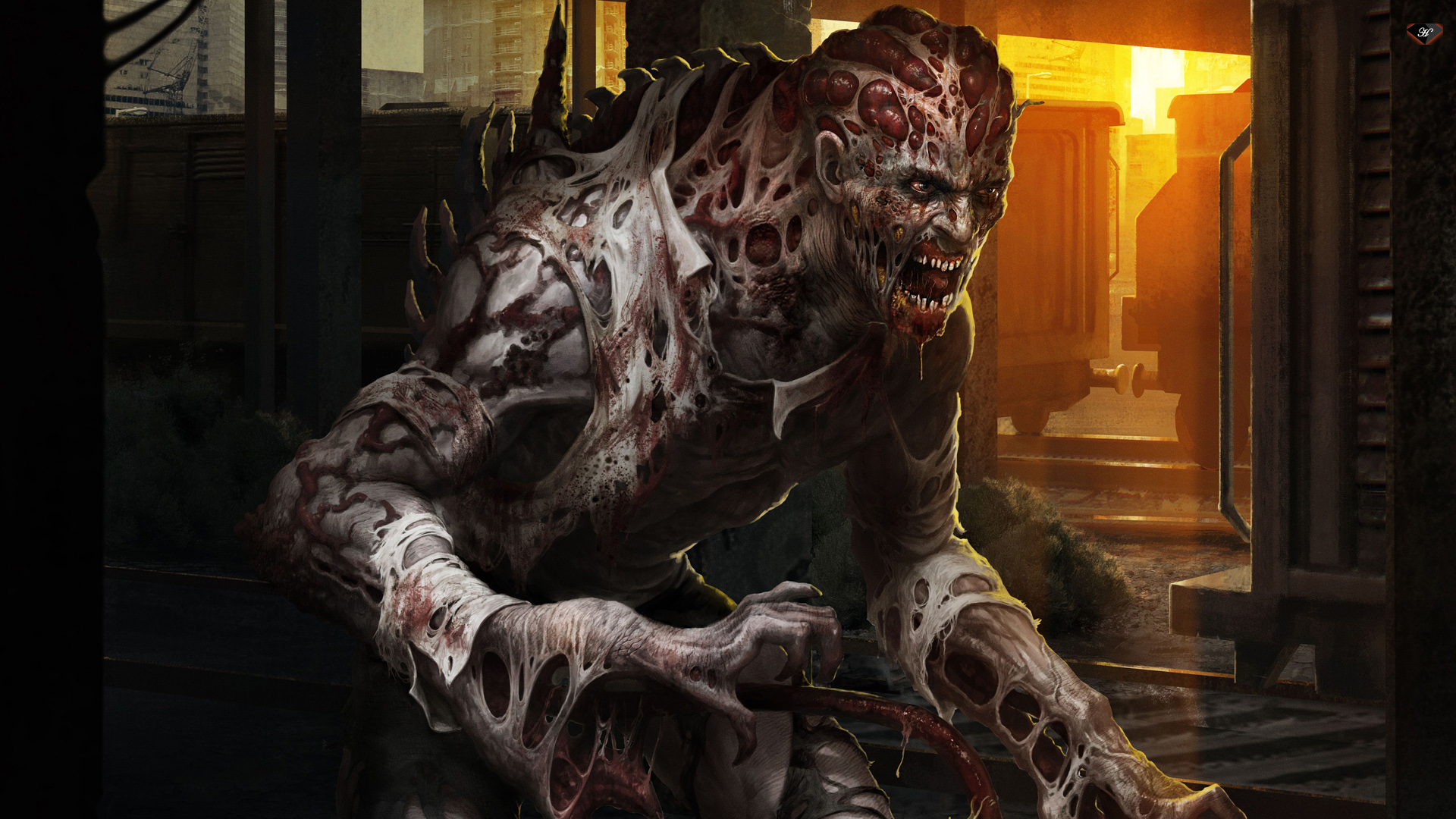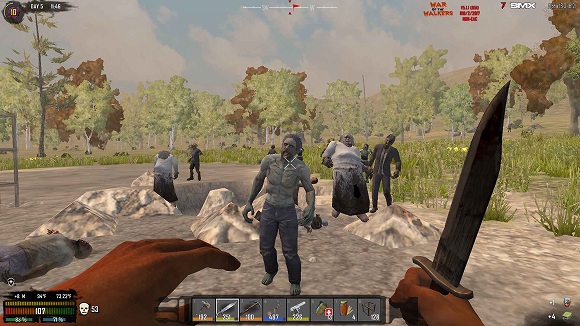

Tong analyzes that the peasants had to make a "rational choice" between surviving harsh conditions and surviving through illegal activities of banditry. Tong uses data from provincial and prefectural gazetteers of the Ming and the Qing Dynasties to analyze patterns of violence during the Ming Dynasty. In his 1991 book Disorder under Heaven: Collective Violence in the Ming Dynasty, James W.

Ming China was largely an agricultural society and contemporary observers remarked that famine and subsequent hardship often gave rise to banditry. China Ming China īanditry (Dao, qiangdao) in Ming China (1368–1644) was defined by the Ming government as “‘robbery by force’ punishable by death.” But throughout the dynasty, people had entered into the occupation of banditry for various reasons and the occupation of banditry was fluid and temporary. Any opposition was suppressed with maximum force and, usually, the mass murder of civilians living in partisan-controlled areas. In Nazi Germany, the doctrine of Bandenbekämpfung ("bandit fighting") meant that opponents of the Nazi party were portrayed as "bandits"-dangerous criminals who did not deserve any consideration as human beings. In modern usage the word may become a synonym for "thief", hence the term " one-armed bandit" for gambling machines that can leave the gambler with no money. The New English Dictionary on Historical Principles (NED) defined "bandit" in 1885 as "one who is proscribed or outlawed hence, a lawless desperate marauder, a brigand: usually applied to members of the organized gangs which infest the mountainous districts of Italy, Sicily, Spain, Greece, Iran, and Turkey". In modern Italian the equivalent word "bandito" literally means banned or a banned person. The legal term in the Holy Roman Empire was Acht or Reichsacht, translated as " Imperial ban". The term bandit (introduced to English via Italian around 1590) originates with the early Germanic legal practice of outlawing criminals, termed *bannan (English ban).



 0 kommentar(er)
0 kommentar(er)
